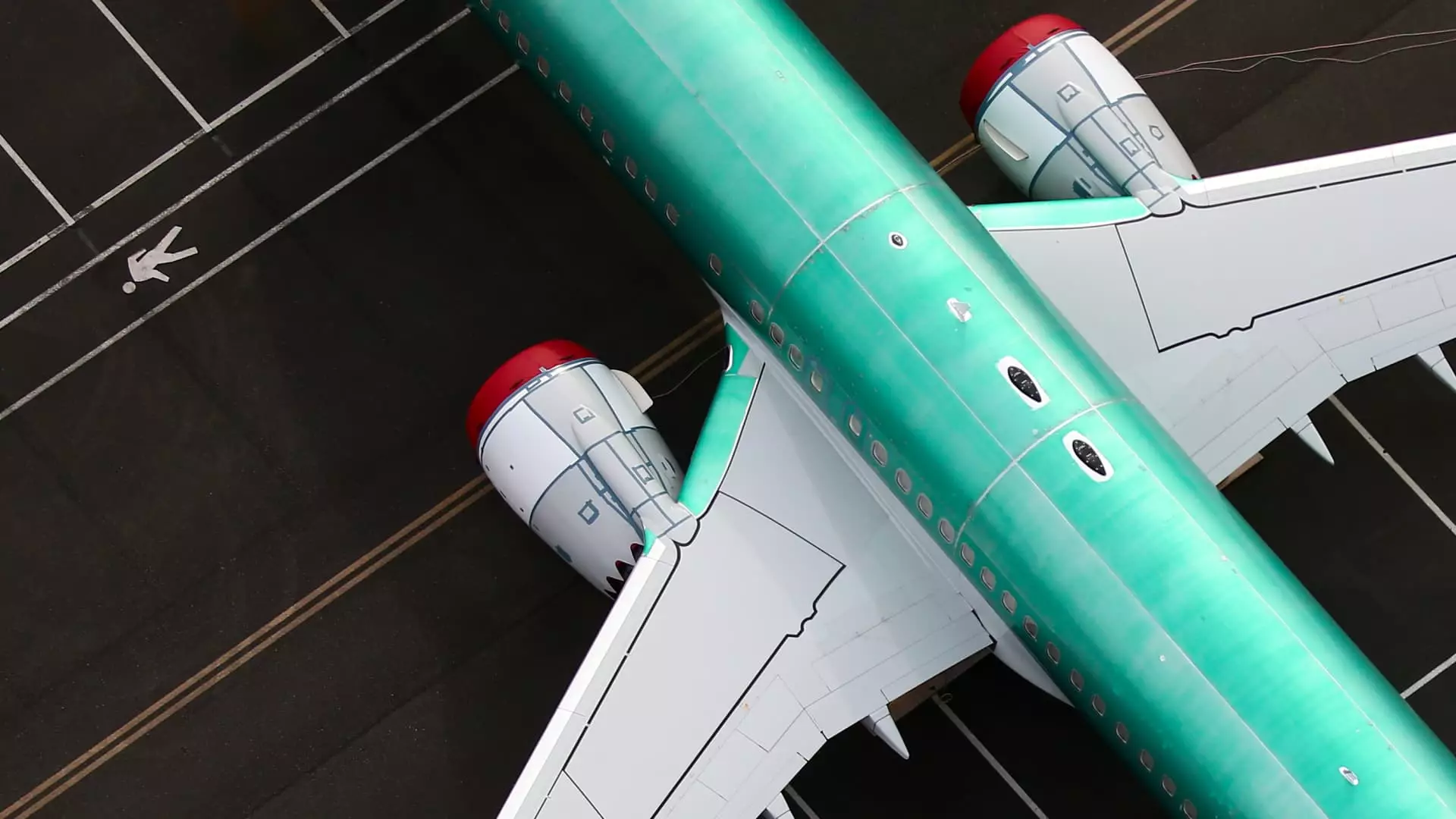Boeing’s recent financial disclosures reveal a company teetering on the brink of greater instability. The aerospace giant projected a staggering loss of approximately $4 billion for the fourth quarter of 2024, underscoring the multitude of challenges that have continued to besiege the firm. This bleak financial forecast brings to light Boeing’s struggle to regain its momentum in an industry already fraught with intense competition and rigorous regulatory scrutiny. As the company grapples with a projected revenue of only $15.2 billion, significantly lower than what analysts expected, it is evident that these setbacks are symptomatic of deeper structural problems within Boeing.
The company’s liquidity concerns are further magnified by the alarming cash burn of $3.5 billion over the last quarter. In a desperate bid to fortify its financial position, Boeing raised over $20 billion during the same period. This influx of capital, while crucial, highlights the urgency of their situation rather than showcasing a thriving business model. Despite these efforts, Boeing’s continued annual operating losses—having not posted a profit since 2018—casts a long shadow over the company’s future prospects and investor confidence.
Adding to Boeing’s woes is the recent labor strike, which paralyzed much of the company’s commercial aviation production for nearly two months. The strike ended with workers securing a new contract that, while stabilizing for the workforce, inflicted further damage to Boeing’s operational effectiveness. Compounding this internal strife is a recent midair incident involving a door plug failure—an event that reignited safety concerns previously exacerbated by the catastrophic crashes of 2018 and 2019. As Boeing attempts to recover from these crises, federal scrutiny is tightening, leading to delays in new aircraft deliveries that are essential for maintaining competitiveness.
Despite the daunting challenges ahead, Boeing’s leadership has expressed cautious optimism for the future. CEO Kelly Ortberg pointed to the measures taken to stabilize operations, highlighting the successful negotiation with IAM-represented employees and a robust capital raise intended to bolster the company’s balance sheet. However, such optimism feels tenuous in the face of substantial pre-tax charges—estimated at $1.1 billion linked to the 777X and 767 programs, alongside a staggering $1.7 billion hit within their defense sector regarding the KC-46A tanker and delayed Air Force One projects.
Looking forward, Boeing must navigate the choppy waters of recovery with an acute awareness of its vulnerabilities. The upcoming quarters will serve as a crucial test for the company to undertake not just operational adjustments, but transformative changes necessary for a long-term recovery. As it stands at the intersection of crises—financial, operational, and reputational—Boeing’s path to recovery will demand innovative strategies, stronger regulatory compliance, and a diligent focus on rebuilding trust among stakeholders. Only through robust reinvention can Boeing hope to reclaim its status as a leading aerospace manufacturer in an increasingly challenging global market.

